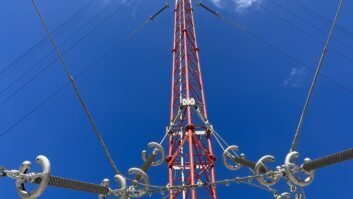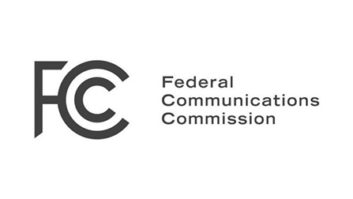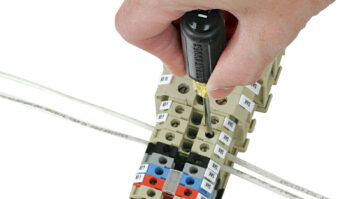Bill Sacks plans to ask the FCC to reassign 87.9 MHz as a national single FM frequency emergency relief channel.
The senior analog engineer for Orban intends to submit his personal comments in a filing to the agency on Parts 15, 74 and 90 of the commission’s rules on low-power Aux stations (ET Docket No. 10-24).
The sub-band of TV Channel 6 from 87–88 MHz is unique spectrum, and commercial FM receivers are available now that receive frequencies beginning at 87.1 MHz up through the FM broadcast band, notes Sacks in a draft filing he shared with Radio World.
Right now, the agency allows unlicensed part 15 operations at 50 mW on TV Channel 6 spectrum that includes 87–88 MHz for several 200 kHz Part 74 channels pursuant to the waiver granted in the wireless microphones order. The commission specifically proposed that wireless microphones that operate on an unlicensed basis pursuant to that waiver be permitted to operate long term in the TV bands pursuant to Part 15 and certain specified technical rules, according to Sacks.
He calls the reassignment of TV Channel 6 and the new wireless microphone rules a “unique opportunity.”
Those new rules will allow Part 15 operation to provide the public with three needed and useful services for Disaster Relief, enhanced Traveler’s Information Service, as well as a new form of unlicensed nanopowered broadcasting services; using only this uniquely situated one megahertz of the of the TV Channel 6 spectrum.
“TV Channels 5 and 6 are not suitable for professional wireless microphones due to the transmitter antenna factor being impractical for a wireless microphone,” writes Sacks who adds that “New forms of FM service on the sub-band from 87 MHz to 88 MHz will better serve the public interest than the few extra wireless microphone (IFB) channels it now contains by instantly providing these new services.”
He’s proposing that 87.9 MHz be reassigned as a national single FM frequency emergency relief channel while secondary and everyday use of 87.9 MHz should be a licensed Traveler’s Information Service channel.
A national FM emergency relief channel would provide what Sacks calls “a desperately needed nationwide reliable FM signal” providing instant local relief information for when disasters take out entire local infrastructures including local broadcast stations, their towers, and the grid the broadcast stations may depend on. The 87.9 MHz channel should be reserved for mobile, instantly deployable, disaster relief information stations, utilizing FEMA-owned mobile equipment to be operated by The Red Cross and other NGOs, Sacks explained.
Meanwhile, the voice-only FM Travelers Information Service “would be available to all current TIS licensees and operate day to day on 87.9 MHz with such stations authorized from 10 to 500 watts as required and modulated with audio frequency response truncated above 3 kHz producing deviation of ±50 kHz maximum, using modern audio voice processing techniques to compensate for the reduced detected audio level resulting from this deviation reduction. This total reduced deviation ensures negligible interference from the TIS stations to any licensed adjacent channel stations operating on 88.1 MHz,” writes Sacks.
The local National Guard also should have authorization for use of 87.9 MHz in cases of disaster recovery, suggests the engineer.












